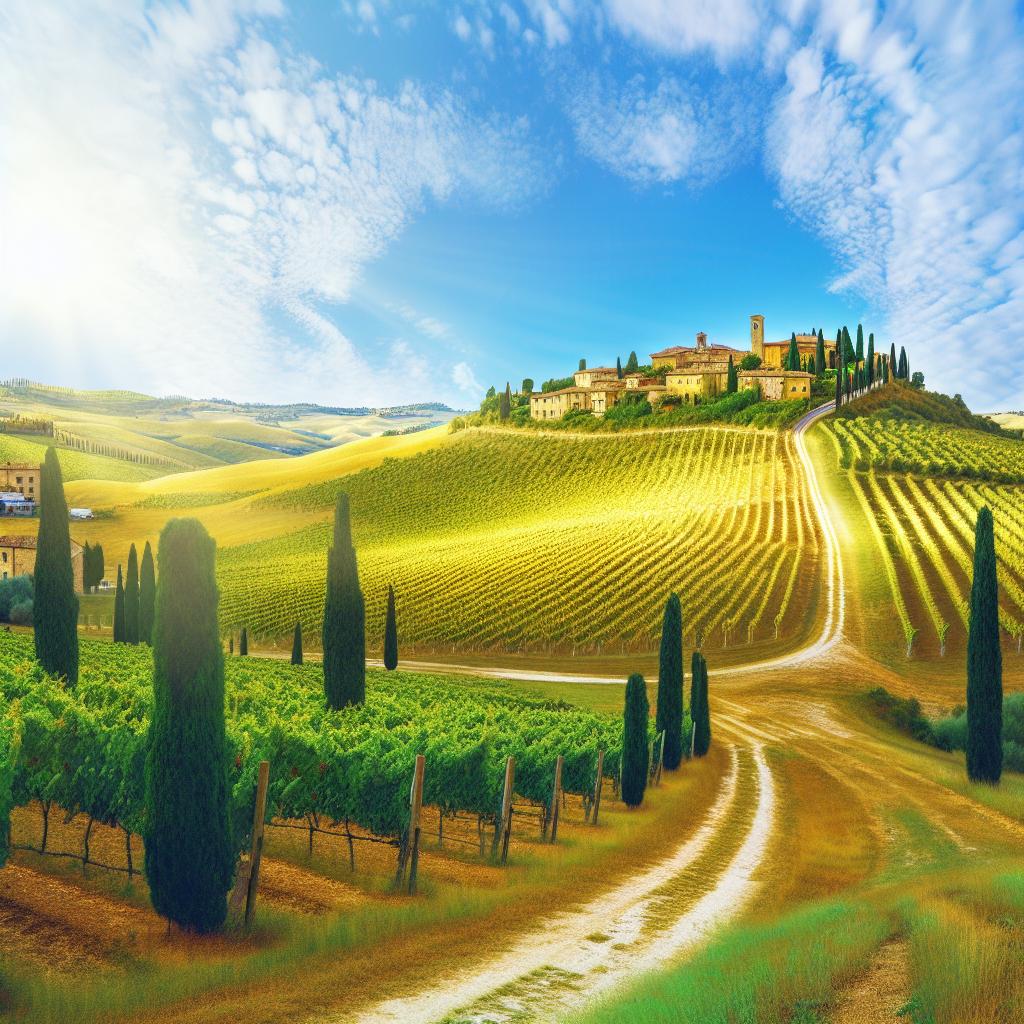- Major Landmarks: Must-sees include the Colosseum and Roman Forum in Rome, Vatican City, Pompeii, Amalfi Coast, and Cinque Terre.
- Hidden Gems: Explore Matera's rock homes and the Dolomites for outdoor adventures.
- Culture & Cuisine: Sample Spaghetti alla Carbonara, Cacio e pepe, and Supplì. Attend Carnevale in Venice and Palio di Siena.
- Cooking Lessons: Available in Tuscany for farm-to-table experiences.
- Transportation Tips: Use public transport like trains and buses; validate tickets. Rome has two main airports.
- Travel Budget: Opt for public transport and budget accommodations; visit local markets for meals.
- Best Time to Visit: April-May and September-October.
- Natural Scenery: Highlights include the Dolomites, Lake Garda, and Amalfi Coast.
Ready to uncover Italy's wonders? Our guide dives into Italy's top attractions, delving into famous landscapes, historic cities, and hidden gems waiting for curious explorers. We'll transport you from the marble streets of Rome to the quaint towns outside major cities. This is for those seeking more than just a vacation—it's about embracing a cultural journey. Let's discover if exploring Italy is your next big adventure!
What Are Italy's Top Attractions?
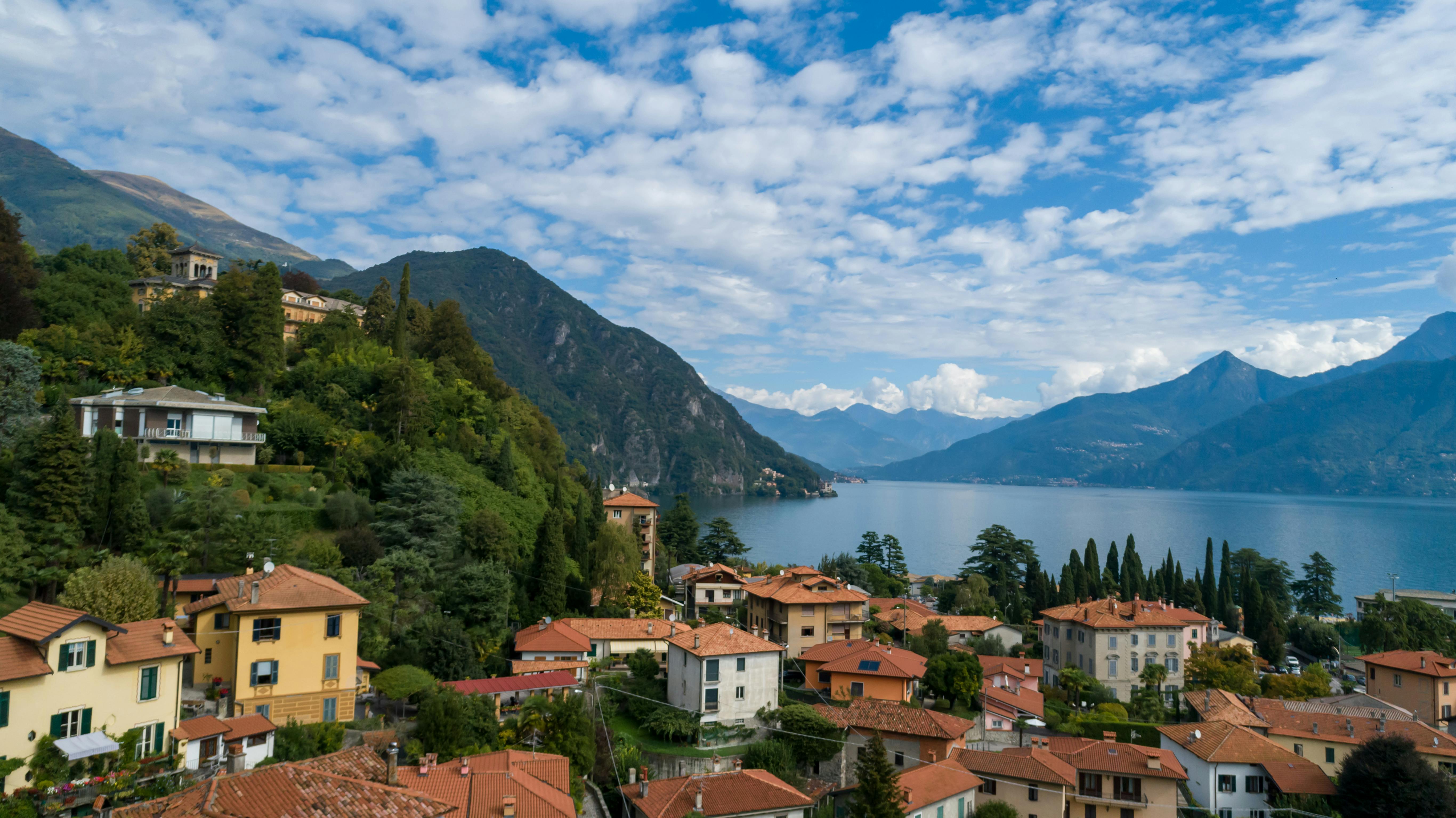
Which Famous Landmarks Should I Visit in Italy?
In Italy, start with the classics! The Colosseum in Rome is a must-see. It's an ancient amphitheater where gladiators once fought. Nearby, the Roman Forum lets you walk where Roman citizens lived. The Vatican is another top spot. It's home to St. Peter’s Basilica and the Sistine Chapel, with its famous ceiling done by Michelangelo himself. Each of these spots will transport you back in time and let you relish ancient history firsthand.
Are There Any Must-See Places Besides Major Cities?
Italy is not just about its bustling cities; its countryside offers amazing treasures. Visit Pompeii to see a city frozen in time by a volcano. This site gives a unique view into life long ago. The Amalfi Coast is a beautiful stretch with seaside towns like Positano. Drive or boat along this coastline to soak in its beauty. Cinque Terre is another gem. It boasts five charming villages with colorful buildings perched on cliffs. Hike between them or ride a train for stunning views.
How Can I Discover Italy's Hidden Gems?
Beyond the popular sites, exploring Italy reveals hidden wonders. Matera, with homes carved out of rocks, looks like a movie scene. Its ancient caves are now cozy hotels and restaurants. The Dolomites, an awe-inspiring mountain range, offer outdoor adventures in a peaceful setting. Ski in winter or hike in summer amid towering peaks. These places are less crowded but equally beautiful, providing a richer experience of Italian heritage and nature.
Travel in Italy becomes easy with its efficient public transportation. Always validate a train ticket if bought at a station to save from fines. Feel free to spend some days wandering through city streets or along the coast, tasting local Italy food and cuisine. Each meal reflects a piece of Italian culture and tradition. Choose spring or fall for mild weather and fewer tourists. Planning well ensures you enjoy the best of Italy without rushing. No need for a car; trains, buses, and ferries connect all your top Italian attractions efficiently.
How Can Travelers Experience Italian Culture and Cuisine?
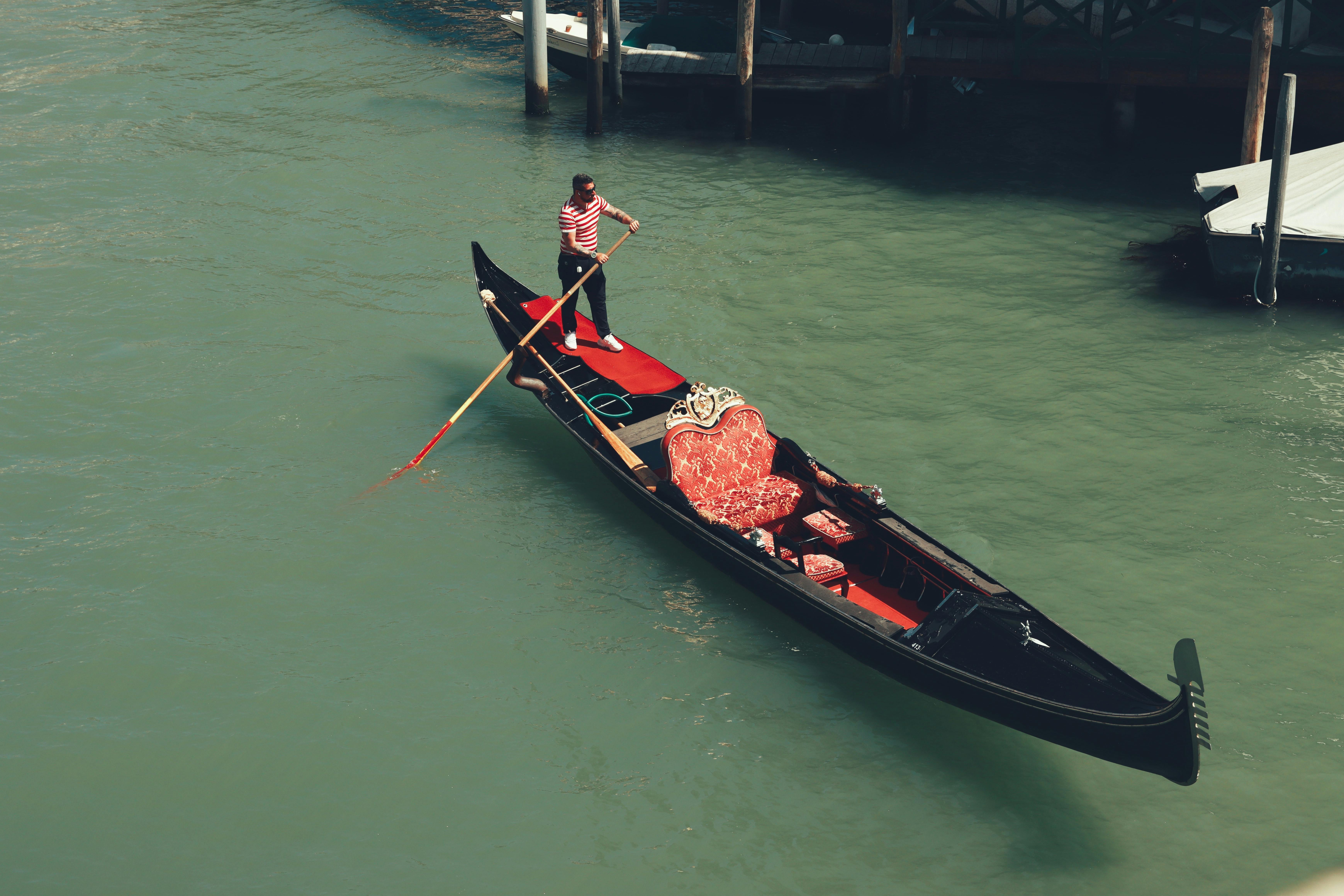
Understanding Italy through its culture and cuisine is a feast for the senses. Each region tells a story with its food, from hearty pastas to delicate pastries. To fully experience Italy, dive into traditional dishes, enjoy festivals, and indulge in cooking lessons.
What Are Some Traditional Italian Dishes to Try?
Spaghetti alla Carbonara is a must-try in Rome. Few dishes exemplify Roman culinary identity like it. Made with eggs, cheese, pancetta, and pepper, it’s comforting and pure Italian. Precision: Carbonara combines a simple yet perfect mix of flavors.
Cacio e pepe is another essential Roman dish. It uses just three ingredients: pasta, pecorino cheese, and black pepper. Though simple, its taste is striking and memorable, perfect for establishing a vivid sense of Italian tradition.
Head to local food stands for Supplì, an incredible fried rice ball filled with mozzarella. The crispy outside and gooey inside make it a popular Roman street food. Try it while exploring Rome's streets; it's a delicious way to connect with the city's heart.
How Can I Learn About Italian Traditions and Festivals?
Carnevale in Venice is a grand festival of masks, parades, and music. It captures Italy’s vibrant cultural spirit. The masks reflect deep traditions of art and mystery. Precision: Carnevale is about spectacle and Italian creative expression.
Another key festival to join is the Palio di Siena, a thrilling horse race. It’s more than just a race; it’s a celebration of Sienese pride and neighborhood. Feel the energy as the city comes alive with medieval processions and rivalries. These festivals are windows into Italy’s past and culture.
To further grasp Italy’s rich traditions, participate in local events when you spot any festivities. Regions across Italy frequently hold events showcasing local music, dances, and crafts. These experiences allow you to immerse yourself fully in Italy, beyond the major landmarks.
Are There Opportunities for Italian Cooking Lessons During My Trip?
Yes, cooking classes in Tuscany offer delightful insights into Italian food. They are perfect for anyone who loves to cook or wants to learn more about Italian cuisine. Enroll in a class among Tuscany’s scenic vineyards and landscapes. Feel free to explore Rome guidebook for more details on regional offerings.
In these classes, you not only learn recipes but also age-old stories and techniques passed down generations. Picture kneading dough for pasta while sipping local wine. Many classes also introduce olive oil tasting and wine pairing, enhancing the overall experience.
Consider joining farm-to-table cooking sessions that utilize fresh ingredients straight from the earth. These farm experiences offer a direct connection to Italian flavors’ roots. Your palate will thank you, and your kitchen skills will gain a new depth of understanding.
Whether exploring markets for ingredients or creating authentic dishes, interacting with locals and fellow travelers enriches your trip. It plants seeds of friendship and shared taste adventures.
Italy’s cuisine and culture hold treasures waiting to be discovered. By tasting, celebrating, and cooking, you uncover layers of this beautiful country. Let Italy’s traditions and flavors stir your sense of adventure and find joy in every bite and experience.
What Are the Best Strategies for Traveling Around Italy?
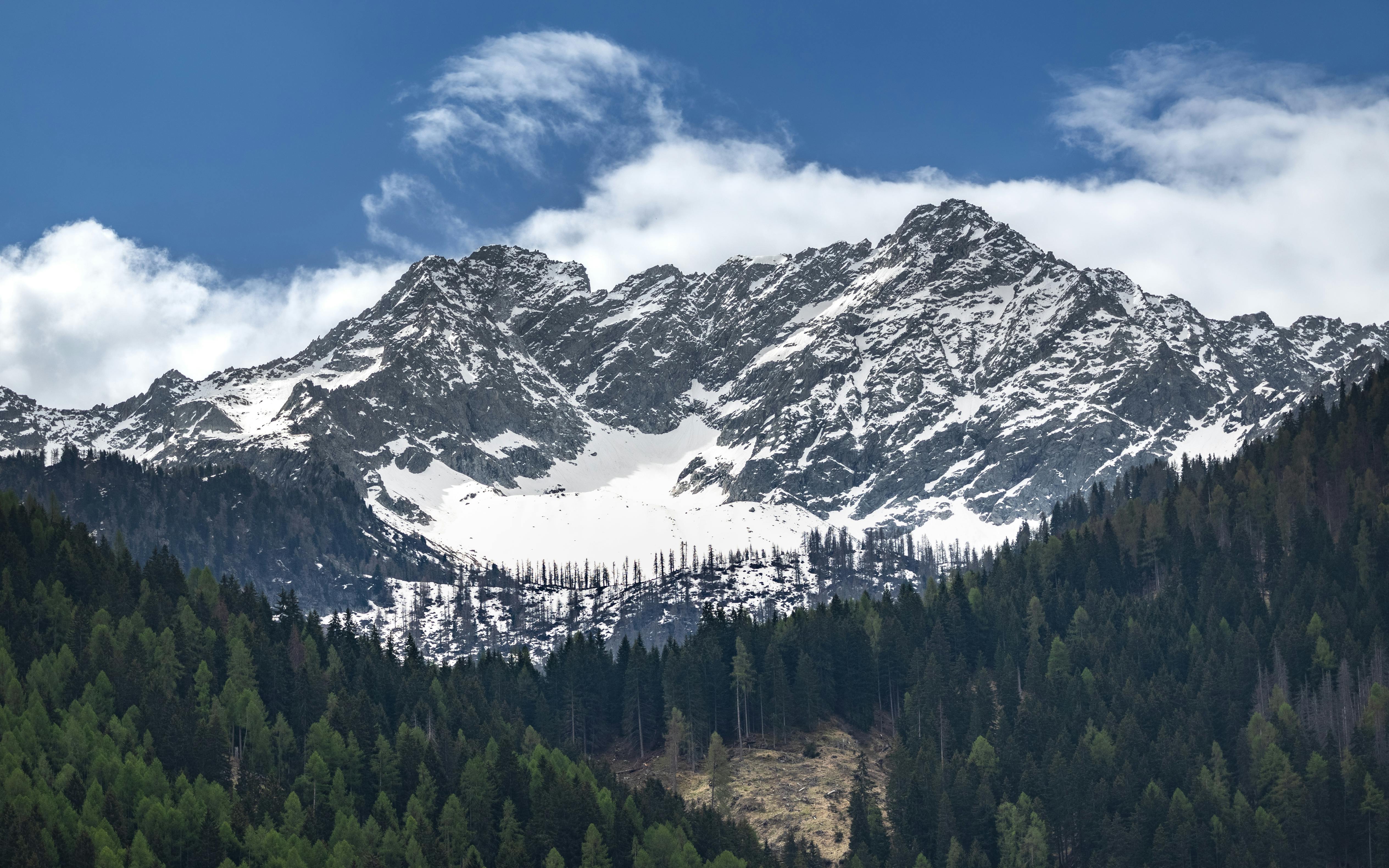
Exploring Italy can be one of the most memorable experiences of your life. The beauty and culture of this country leave a lasting impression. But to make the most of your visit, understanding how to travel around efficiently is key. Italy's public transportation system is your best friend.
How Can I Navigate Italy's Public Transportation System Efficiently?
First, Italy’s public transportation system includes trains, buses, and ferries. These methods make traveling around the country smooth and efficient. Trains are the backbone of public transportation, connecting cities like Rome, Florence, and Venice. If you plan to explore places like Pompeii or Cinque Terre, trains are your best bet.
Trains can get you to almost every major Italian city. Always validate your train ticket before boarding. Fines can be heavy if you forget. For short distances, buses and ferries are reliable. You can enjoy scenic views while traversing Italy's waterways or roads.
Rome has two airports: Fiumicino and Ciampino. From Fiumicino, hop on the Leonardo Express train to the city for just €14. Ciampino offers a below-budget €6 bus ride to the city. Once in Rome, relish beautiful sites like the Trevi Fountain and the Pantheon.
What Are the Top Tips for Traveling Italy on a Budget?
Traveling Italy on a budget is very doable. Public transport is budget-friendly and covers most destinations. Budget accommodations like hostels and economical hotels also help save money. You might even consider renting a room through platforms like Airbnb.
To cut costs, explore local marketplaces for meals. The food is delicious and cheaper than dining at a restaurant. Try Roman delicacies like Supplì street food or Spaghetti alla Carbonara. By avoiding tourist traps and sticking to local favorites, you enjoy authentic flavors without straining your budget.
When Is the Best Time to Visit Italy?
The best time to visit Italy is during its shoulder seasons. April through May and September to early October offer mild weather. The crowds are smaller too, which means a more relaxed experience.
Avoid the peak summer heat of July and August. The tourist attractions, like Venice and Rome, become exceedingly crowded. Instead, use this time to explore Italy's countryside landscapes. Spring and autumn allow for peaceful visits to Italy's famous sites without long queues.
By timing your trip during these months, you save on travel costs too. Flights and accommodations tend to be less expensive. Besides, this is a great period for swimming. Coastal areas like the Amalfi Coast and the islands of Capri beckon with their warm waters then.
Italy offers so much to explore, and doing so sensibly is key. Using the public transportation system, creating a budget-conscious plan, and choosing the right seasons make all the difference. Italy awaits with its beauty and adventure; plan well, and enjoy every bit of it.
Why Should I Consider Exploring Italy's Natural Landscapes?
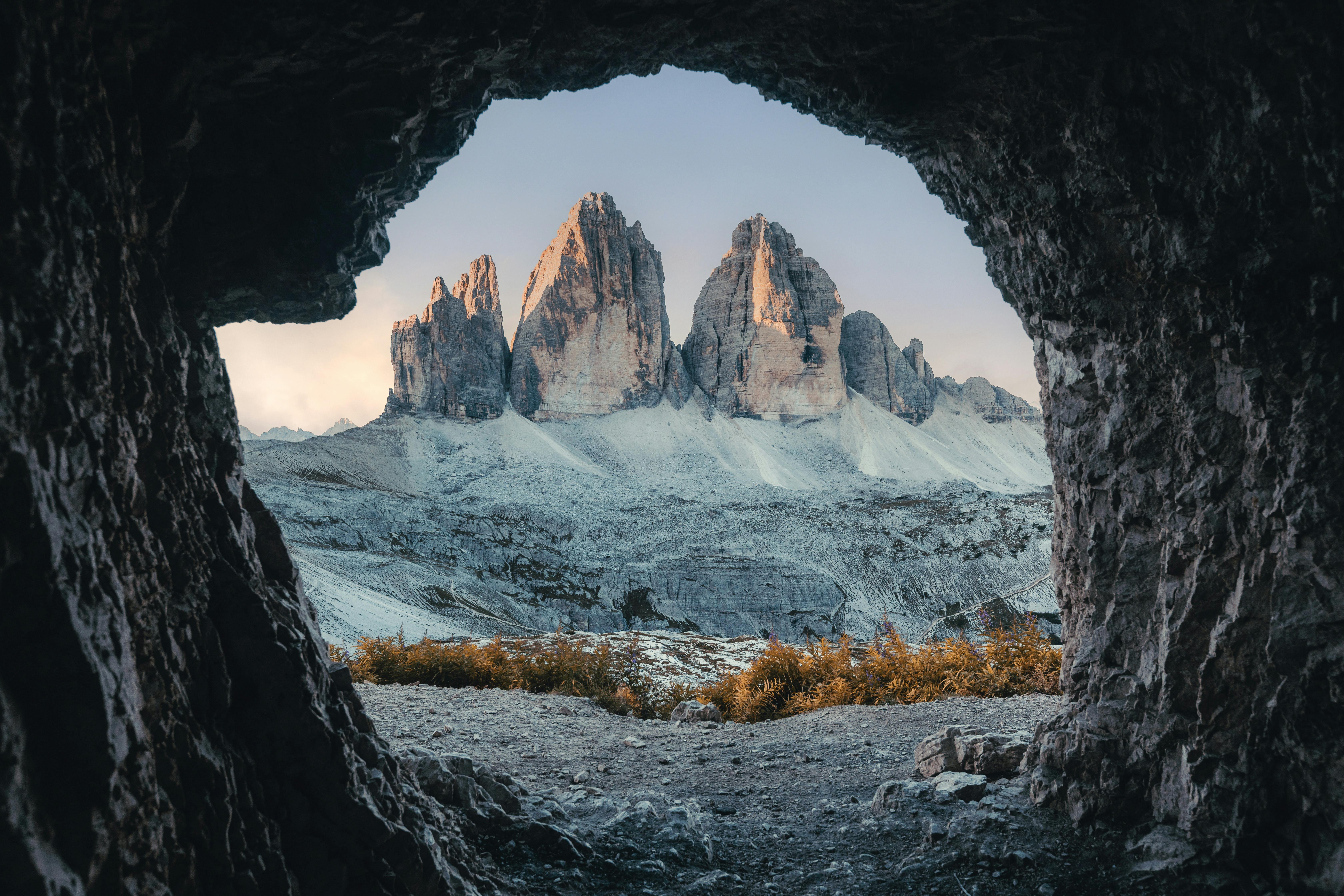
Italy offers some of the most beautiful landscapes in the world. The diversity of its natural scenery is a marvel. When you think of Italy, stunning mountains, serene lakes, and fascinating coastlines come to mind. It's a feast for the eyes and the soul.
Where Can I Find the Most Stunning Natural Scenery in Italy?
If you're wondering where to head first, start with the Dolomites. The Dolomites, with their jagged peaks, look like they belong in a fairy tale. They're a UNESCO World Heritage site and are perfect for both hiking and skiing. But don't miss Lake Garda while you're there. It is the largest lake in Italy and gently punctuates the beautiful landscape with its azure waters. You can explore charming towns like Sirmione and Riva del Garda, which sit right by the lake. These spots capture the essence of exploring the Italian countryside.
Are There Outdoor Activities to Enjoy in Italy?
Outdoor fun abounds in Italy. The Cinque Terre trails offer breathtaking views as you hike between colorful villages perched along cliffs. It's a great way to see Italy's beautiful landscapes up close. If skiing is your passion, head to the Alps. The Italian Alps boast some of the best slopes and facilities for both beginners and veterans. You don't just see the scenery in Italy; you live it.
What Makes Italy's Coastal Areas Special?
Italy's coastlines are like nowhere else. The Amalfi Coast, with its rugged cliffs and turquoise waters, is a must-see. Villages like Positano and Amalfi offer picturesque views and delightful experiences. Your senses come alive as you explore bustling markets, aromatic lemon groves, and charming piazzas. Meanwhile, the islands of Sardinia and Sicily lure with their own unique landscapes and cultures. Sardinia's beaches are some of the most beautiful in Europe. Sicily, rich in history, offers an exciting mix of nature and culture. You can explore ancient ruins on a sunny day, and dive into crystal-clear waters in the evening.
Italy's natural beauty is unmatched. The opportunity to see these majestic sights makes exploring Italy’s beautiful landscapes truly worth it. And whether you want to stay amidst Rome’s historical grandeur at the Trastevere Beautiful Garden or venture into wilderness, Italy's landscapes promise unforgettable experiences.
Conclusion
Italy offers endless wonders for travelers. You can explore famous spots like the Colosseum and hidden gems like Matera. Dive into Italian culture by tasting scrumptious pasta and joining local festivals. Travel tips include using trains and visiting in April or October for fewer crowds. Finally, embrace Italy's natural beauty in the Dolomites or the Amalfi Coast. Each experience, from sampling authentic cuisine to marveling at scenic landscapes, enriches your journey. Plan wisely, and Italy will enchant you with its history, flavors, and breathtaking views.

